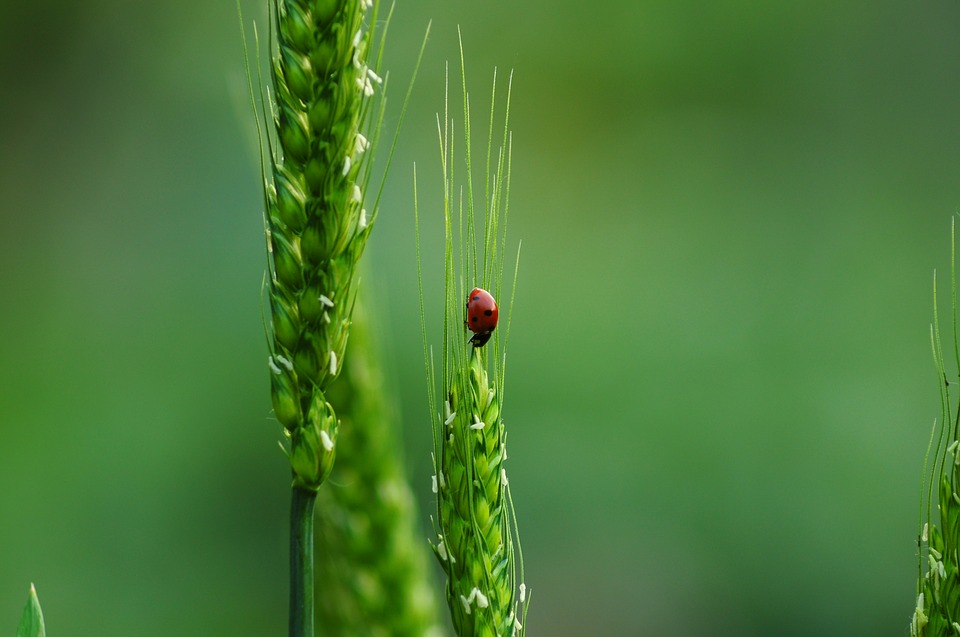As food production needs continue to increase, more land is converted to agriculture. This stresses ecosystems and limits land available for biodiversity preservation, so much so that land conversion to agriculture is thought to threaten wildlife and biodiversity to a degree that is on par with climate change.
Two strategies to balance food production and biodiversity conservation have been debated over the past several decades. Land Sparing divides the land into separate areas for high-yield farming and conservation, while Land Sharing farms a greater area of land with low-intensity methods that are compatible with biodiversity conservation. However, both of these strategies have their advantages and drawbacks.
Land Sparing generally enables increased crop yield per area, which leaves more land available for biodiversity preservation. If this available land is used for conservation, it appears to be beneficial to biodiversity. Studies in Ghana and India found higher species density of birds and trees and greater avian functional group diversity in areas that implemented Land Sparing practices relative to areas using other land use strategies. Spared lands were found to be essential for the survival of species that do not tolerate any level of disturbance or those that require extensive natural areas.
Although Land Sparing has many benefits, the intensive agricultural practices used to minimize land needed for crop production require high inputs of nutrients and pesticides. This has negative consequences for long-term food security and biodiversity.
Land Sparing practices may reduce the functional biodiversity in an area, including species that naturally control pests. This necessitates the use of pesticides, which can harm non-target species that provide essential ecosystem services, including pollinators and decomposers. For example, In addition to pesticides, high inputs of nutrients are required to sustain intensive agriculture. From the 1960s to 1990s, intensification of food production led to a substantial increase in the application of inorganic nitrogen fertilizers globally. While increased nitrogen produced greater crop yields, high input/output agriculture degraded the soil. As a result, even greater quantities of nitrogen were required to maintain the same level of crop production.
Inorganic nitrogen is typically used in high-intensity agriculture because it is more readily available to plants than organic nitrogen. However, this also makes the nutrients more susceptible to leaching into groundwater or volatising into the atmosphere. Leaching and volatilization processes enable nitrogen applied on agricultural fields to spread to other areas, negatively affecting spared lands.
Alternatively, the wildlife-friendly agricultural practices utilized in Land Sharing promote the maintenance of functional biodiversity, including natural predators that control pests without the use of pesticides, making the area more habitable to native species. However, this strategy does not meet the increasing demand for food.
Both Land Sparing and Land Sharing have benefits and limitations, and using both strategies in tandem may be most effective. The topography and productivity of a landscape also affect which strategy will be most effective. Areas with low productivity or heterogeneous topography are typically better suited to Land Sharing, while flat or high productivity areas lend themselves to Land Sparing. The area’s history and socioeconomics are also important to consider. However, care should be taken to consider the biophysical processes and animal movement that link areas around the globe. When various strategies along the gradient of Land Sparing to Land Sharing are applied to an appropriate context and used to complement each other, we can make progress towards a sustainable model for food production and biodiversity conservation.
Thank you for reading. Please drop a line and help us do better.
Regards,
The CSR Journal Team

